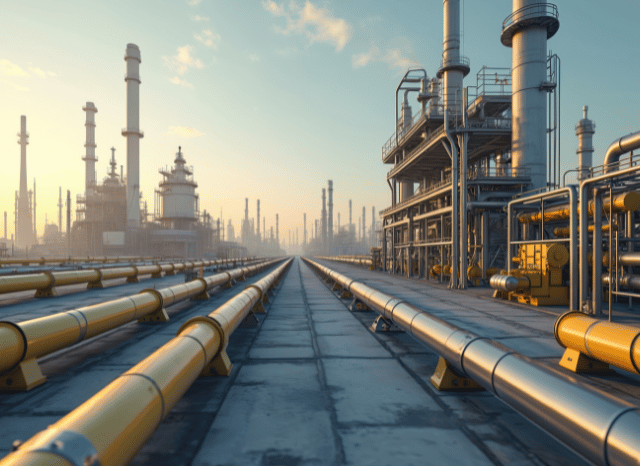
Oman, Germany, and also the Netherlands have signed a groundbreaking settlement which could reshape Europe’s Strength landscape, ushering in a brand new era of environmentally friendly hydrogen imports from the center East.
A Daring shift in the worldwide Power transition is using form concerning Oman and Europe. A historic agreement signed earlier this year paves the way in which for on the list of world’s very first massive-scale hydrogen corridors—linking Oman’s wide renewable means to Germany’s industrial hubs by using the Netherlands.
The Main of this initiative is eco-friendly hydrogen—made by splitting h2o by electrolysis driven by solar or wind energy. This manner of hydrogen has captivated worldwide interest for its potential to decarbonise sectors which are otherwise hard to electrify, including major transport, metal creation, and Power storage.
Oman, leveraging its sunny local climate and ambitious nationwide technique, aims to be a leading world exporter of eco-friendly hydrogen by 2030. Forecasts counsel the nation could deliver around one million tonnes of environmentally friendly hydrogen every year by the top from the 10 years. A critical part of this prepare involves read more liquefying the hydrogen to aid abroad transportation.
Enter the hydrogen corridor: a prepared maritime and logistics route ranging from the port of Duqm in Oman, extending into the ports of Amsterdam and Duisburg. Specialised cryogenic tankers, similar to Individuals Utilized in LNG transport but adapted for hydrogen’s Considerably decreased temperatures, will have the gas. European ports are by now making ready the mandatory infrastructure to get, retail outlet, and distribute the cargo.
This corridor is not simply a logistical feat—it’s a strategic just one. For Germany, which happens to be seeking to decrease dependence on fossil fuels and diversify its Power here blend, the imports could assistance meet up with its focus on of bringing in 10 million check here tonnes of renewable hydrogen by 2030. The corridor also aligns with broader EU sustainability goals and industrial decarbonisation attempts.
The venture’s importance lies not simply in its scale, but in addition in its replicability. Like LNG just before it, liquid hydrogen could soon here go across continents, breaking no cost from the constraints of fixed pipeline networks. And Oman isn’t by yourself. Other initiatives—like Spain’s Basque Hydrogen Corridor and the Central European Hydrogen Corridor—also are creating the spine of the potential hydrogen economic system.
The Basque challenge focuses on integrating creation, distribution, and industrial use within northern Spain. Meanwhile, the Central European route strategies to repurpose present fuel pipelines to hold hydrogen from Eastern Europe to Germany, more cementing the area’s position in the hydrogen transition.
If productive, these initiatives could mark A serious milestone in decarbonising Europe’s major industries and transportation networks—run via the Solar and wind of distant deserts.